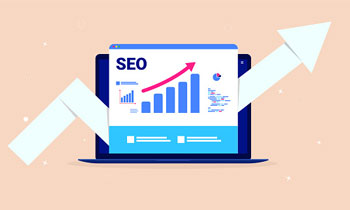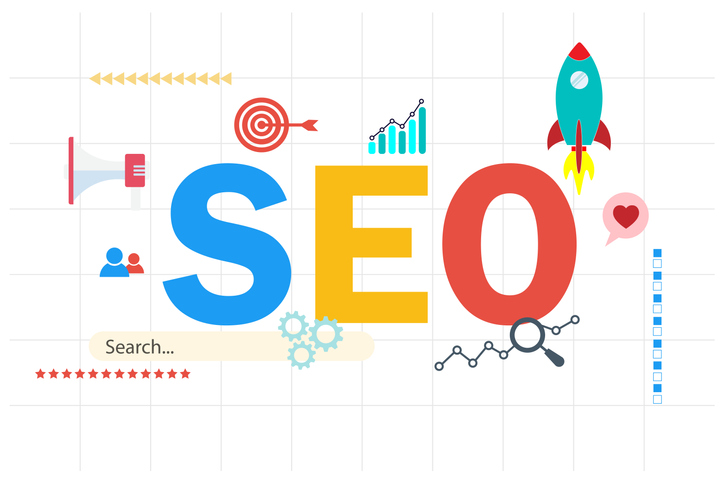Have you ever found yourself asking how the heck you get more blog traffic? You have worked so hard on your blog and its content, but you aren’t getting nearly as many clicks or readers as you expected. If so, you are not alone.
On-Page SEO is a driving factor to the success of your blog. The more traffic coming through your blog, the more successful it is!
What is On-Page SEO?

On-Page SEO is the practice of optimizing individual web pages to rank higher and earn more relevant traffic in search engines. It refers to both the content and HTML source code of a page’s optimization.
On-page SEO entails all measures taken directly within your website to improve its position in the search rankings. If you have been writing blogs for years, but they’re just not getting the love they deserve, turn to on-page SEO resources to make your blog improve its spot in the search rankings.
What is Included in On-Page SEO?
- Headings
- Content
- Internal Links with Keywords
Enticing Headings that Spark Interest
If you want your blog to perform well when searched, headings are the first place to start. If your headings aren’t compelling, they aren’t going to draw attention. While this may seem like a simple task, headings are usually the difference between a click and an impression.
Your headings need to spark interest so that a reader clicks your content and keeps reading instead of moving on to someone else’s blog with a more enticing headline.
Content Evaluations and Auditing
While your headings are essential, good content is crucial as well. Your heading will draw readers to your blog, but your content will make them continue to read and come back for more. Therefore, it is essential to consistently audit your content and ensure it has not become stale or outdated over time. It is also crucial to ensure that your existing content achieves the goals you set out to complete.
The Importance of Internal Links with Keywords
If you are wondering why internal links are essential to your on-page SEO, it’s because these links help sites like Google understand and rank your website better. Because of this, Google follows links along with the descriptive text, which helps indicate which parts of your blog are essential and what they are about.
Having an internal linking strategy is also crucial to your site’s on-page SEO. Once you have chosen the right strategy for your blog, your posts will start to get a boost. To establish hierarchy on your site, you need to give your more important pages and posts more value than your other ones.
There are many aspects to on-page SEO and the success of your blog. If you use all the resources and tips above, you will gain clicks and new readers each week. As you drive more readers to your blogs, you will continue to succeed and thrive!

